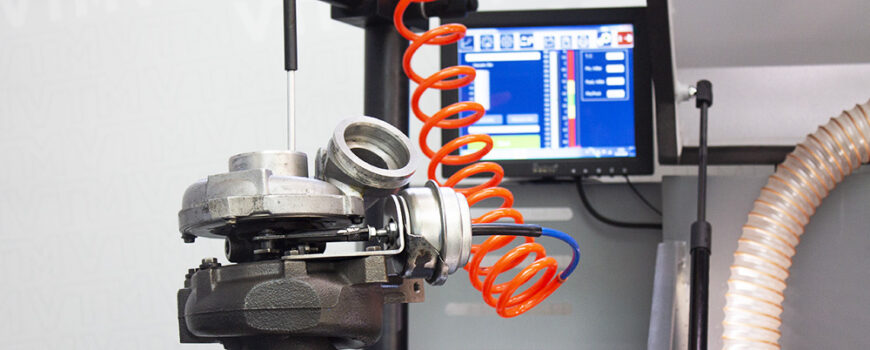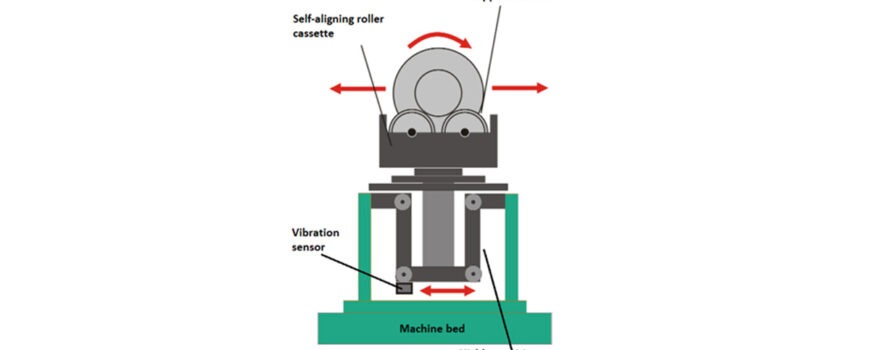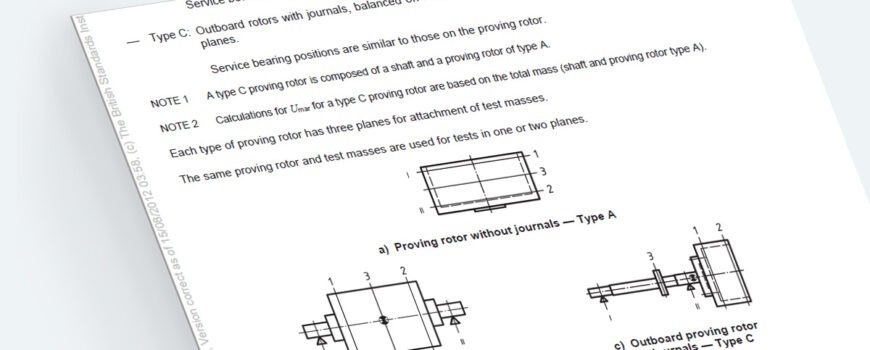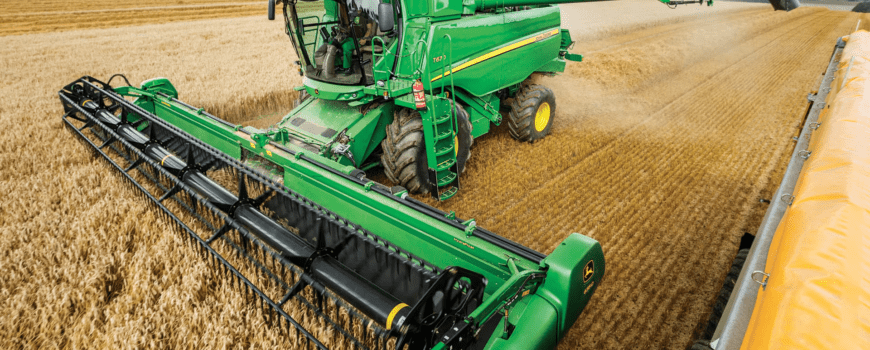Static Calibration of the Turbocharger
There are two types of stands for calibration: static and dynamic. Which method should be preferred for turbocharger testing? Which method is better? Let’s explore both approaches and their features.. Static calibration of the turbocharger is performed on a stand with the shaft stationary. This method has several advantages and disadvantages:

Advantages of Static Calibration:
- Speed: The calibration process takes less time, increasing work efficiency.
- Minimum Adapters: Requires fewer adapters for different types of turbochargers.
- Accuracy: Ensures high calibration accuracy.
- Ease of Installation: Any turbocharger is easy to install on the stand.
- Convenience in Adjustment: The adjustment process is convenient and simple.
- Cost-Effective: The equipment and operation costs are lower.
Disadvantage of Static Calibration:
- No Boost Visibility: The process does not allow you to see the actual boost level of the turbocharger.

Dynamic Calibration of the Turbocharger
Dynamic calibration is performed with the shaft rotating and oil being supplied to the bearings. Let’s consider its pros and cons:
Advantages of Dynamic Calibration:
- Boost Visibility: The process allows measuring the actual boost level.
- Detection of Defects: Easily identifies turbocharger defects.
- Oil Leak Check: Enables checking the turbocharger for oil leaks.
- Geometry Adjustment without Reference Values: Allows adjusting the turbocharger geometry without the need for reference values.
Disadvantages of Dynamic Calibration:
- Time-Consuming Measurement: The process takes more time.
- Need for Extensive Tooling: Requires more tooling for different turbochargers.
- Installation Complexity: Not all turbochargers can be mounted on the stand.
- Cost: The stand is more complex and expensive.
- Requires High Worker Qualification: The large amount of data from the testing requires highly qualified personnel for proper interpretation and analysis.
Which Method to Choose?
Equipment manufacturers often adhere to one method and defend their viewpoint by highlighting its advantages. However, in practice, both methods have their unique benefits and can be useful in different situations.
Usage Recommendations:
- Static Calibration: Ideal for turbocharger repairs and cartridge replacements.
- Dynamic Calibration: Necessary for turbocharger tuning and upgrading, as well as comprehensive performance testing.
GeoBoost Stand: A Combined Approach
The GeoBoost stand offers an innovative solution that combines both calibration methods. It has two working spaces for static and dynamic calibration and testing of the turbocharger. This allows the service to repair turbochargers quickly and efficiently, and when necessary, perform comprehensive performance and boost testing at the OEM level of turbocharger manufacturers.
Advantages of GeoBoost:
- Versatility: Ability to use both static and dynamic methods.
- Efficiency: Quick switching between calibration methods.
- Quality: High level of accuracy and reliability in testing.
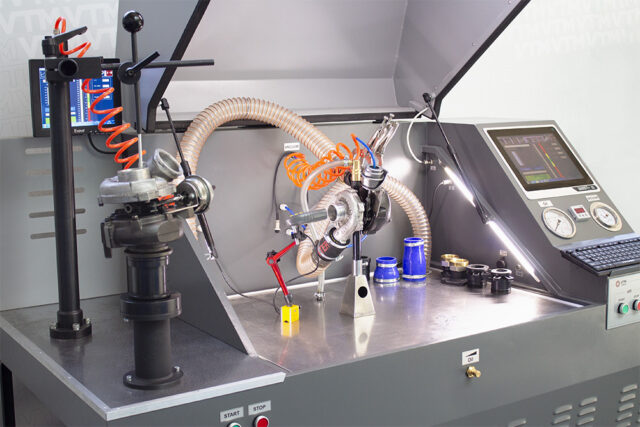
The choice of turbocharger calibration method depends on the specific tasks and requirements of your service. Combining static and dynamic methods, as in the GeoBoost stand, allows for the most efficient resolution of turbocharger repair, tuning, and testing tasks. By investing in versatile equipment, you ensure a competitive advantage and high-quality customer service.
